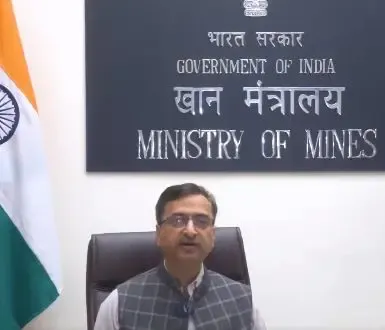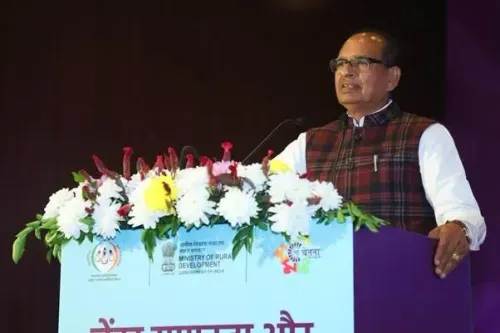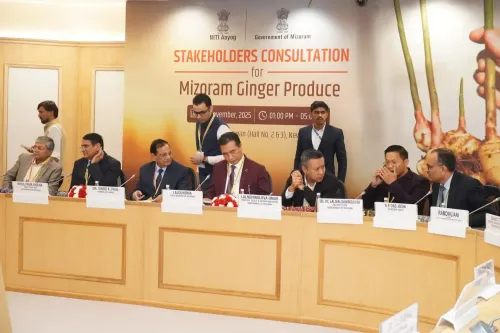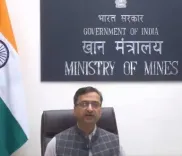Could RBI Announce a 25 bps Rate Cut in August MPC Meeting?
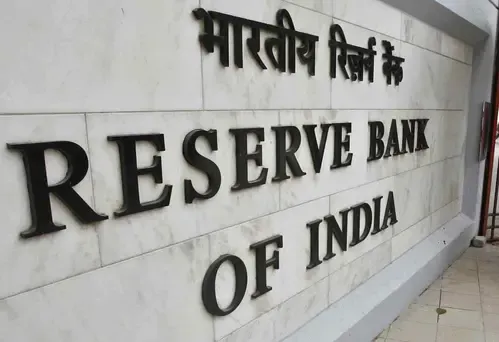
Synopsis
Key Takeaways
- RBI is likely to cut rates by 25 bps.
- Soft inflation and global uncertainties are driving this decision.
- Credit growth is expected to surge with an early festive season.
- Policymakers must avoid Type II errors in decision-making.
- The new CPI series could keep inflation below 4 percent.
Mumbai, Aug 2 (NationPress) - The Reserve Bank of India (RBI) is anticipated to implement a 25 basis points reduction in repo rates, driven by muted inflation and global uncertainties, as it seeks to bolster growth momentum while it has the opportunity, according to a report released on Saturday.
The expectation is that the RBI will proceed with an initial rate cut of 25 bps during the August MPC meeting. Factors such as tariff uncertainties, improved GDP growth, and Consumer Price Index (CPI) metrics for FY27 are all being considered early, as noted by SBI Research in its report. An early rate cut in August could lead to an 'early Diwali' by enhancing credit growth, particularly since the festive season for FY26 is also anticipated earlier than usual.
Empirical evidence suggests that credit growth experiences a significant uptick when the festive season arrives earlier and is preceded by a rate cut.
The report cautioned that central bank policymakers should not miss the opportunity for effective intervention by delaying action, stating, "There’s no benefit in backloading or committing a Type II error."
A Type II error occurs when a central bank fails to reject the null hypothesis, believing that inflation dips are temporary, and consequently refrains from cutting rates—when in reality, inflation remains consistently low and the output gap continues to weaken.
"The encouraging aspect is the new CPI series, which assigns greater weight to e-commerce and lesser weight to food, suggesting that average CPI inflation could continue to undershoot, remaining below 4 percent even in FY27," the report stated. Consequently, improved inflation figures for FY27 will also be anticipated earlier.
The report emphasized that central banks prioritize two principal objectives: maintaining price stability and promoting economic growth.
It elaborated that according to the standard Quadratic Loss Function, there is a risk of committing a "Type II error"—in this scenario, refraining from cutting interest rates now because policymakers perceive low inflation as temporary, when in fact, inflation might remain subdued, exacerbating the economic slowdown.
Moreover, the report highlighted that elements such as tariff adjustments, GDP growth, inflation statistics for FY27, and even the festive period in FY26 are being assessed sooner than usual.

